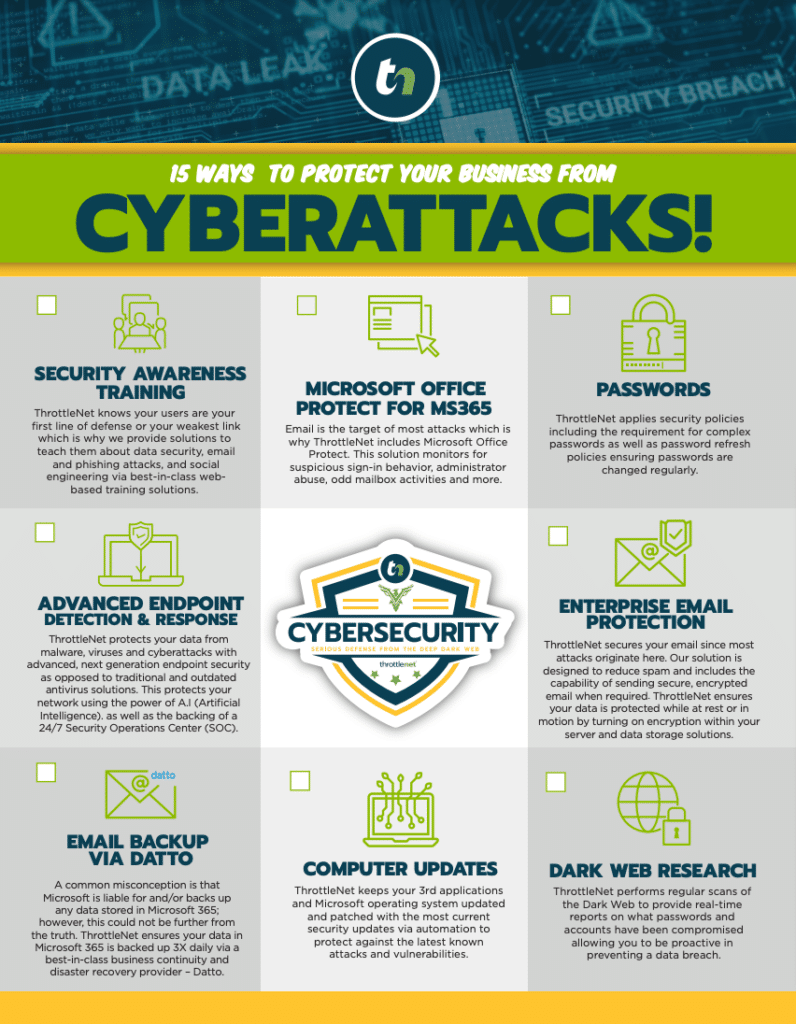If you don’t know what is a phishing attack, you may not realize just how easy it is to fall for one — until it’s too late. One wrong click can expose sensitive client data, lock down critical systems, or drain company funds, all within seconds. Phishing attacks aren’t just growing in number — they’re getting more convincing, more targeted, and harder to detect. And while your security tools matter, your team’s awareness is the real frontline defense.
Understanding what is a phishing attack can make the difference between falling for a scam or stopping it in its tracks. It’s the epitome of the adage — an ounce of prevention is worth a pound of cure — so let’s get started.

What is a Phishing Attack?
If you’ve ever asked yourself, “what is a phishing attack?”, the answer is both simple and alarming. Phishing is a type of cyberattack where criminals disguise themselves as trustworthy sources — like banks, vendors, coworkers, or even your boss — to trick you into:
- Clicking a malicious link
- Downloading an infected file
- Sharing login credentials or sensitive information
- Authorizing a fraudulent payment
According to the Federal Trade Commission, phishing attacks are among the most common — and costly — cyber threats businesses face today. It typically arrives via email but can also come through texts (smishing) or voice calls (vishing). The goal? To manipulate your trust and exploit it for gain.
How to Spot a Phishing Email
Even sophisticated phishing attempts have red flags. If you know what is a phishing attack and what to look for, you can prevent costly mistakes. Train yourself and your team to watch for:
- Suspicious Senders
- Unusual or mismatched email addresses
- Impersonations of internal staff
- Urgent or Threatening Language
- Phrases like “Act now” or “Your account will be locked”
- Unexpected Attachments or Links
- Files you weren’t expecting
- Hyperlinks masked as trusted websites
- Poor Grammar or Spelling
- Misspellings and awkward formatting
- Requests for Sensitive Information
- Login credentials, MFA codes, or financial data
How to Stop Phishing Attacks
If you’re serious about stopping these threats, start by answering this critical question: what is a phishing attack, and how do we stop it?
- Train Your Team Regularly
- Run simulations and awareness campaigns
- Use Advanced Email Security Tools
- Employ spam filters and anti-phishing tools
- Enforce Multi-Factor Authentication (MFA)
- Add a crucial second layer of defense
- Create a Clear Reporting Path
- Make it easy for employees to report suspicious emails
- Keep Systems and Software Updated
- Patch vulnerabilities regularly
What to Do If You Think You’ve Been Phished
Despite precautions, sometimes phishing emails slip through. Knowing what is a phishing attack will also help you respond quickly and effectively if you’ve been targeted.
- Act quickly, not fearfully
- Change any compromised passwords
- Alert your IT or security team
- Run malware and endpoint scans
- Notify affected parties if needed
- Audit and clean email rules
The more your team understands what is a phishing attack, the better equipped you are to stop it. Phishing isn’t going away — it’s evolving. But with regular training, layered defenses, and a proactive IT partner, your organization can stay one step ahead.
ThrottleNet can help with user awareness training whether you’re a client or not. Contact us today to get something scheduled before it’s too late!

Chris Montgomery
ThrottleNet Sales Director
[email protected]



